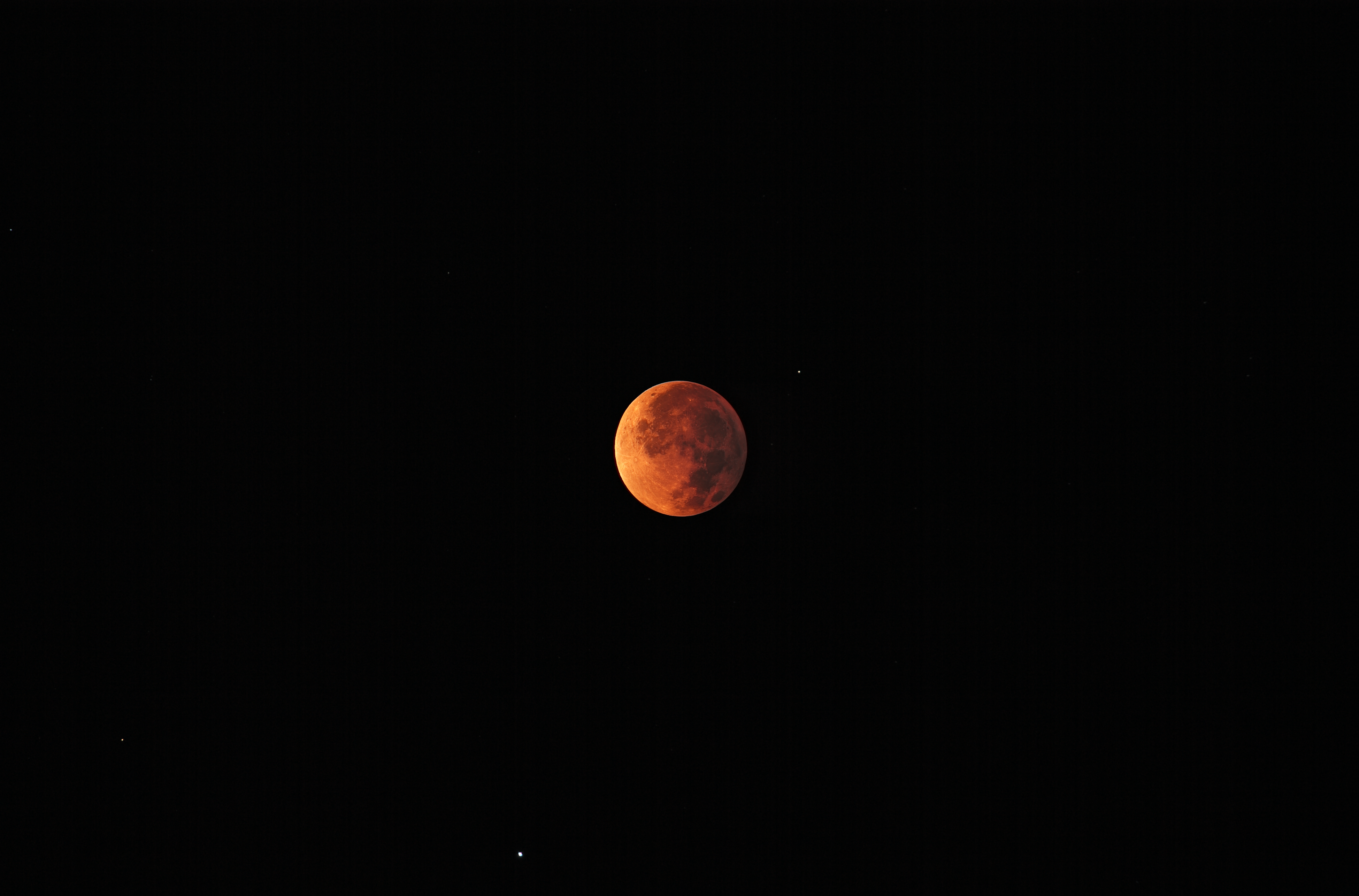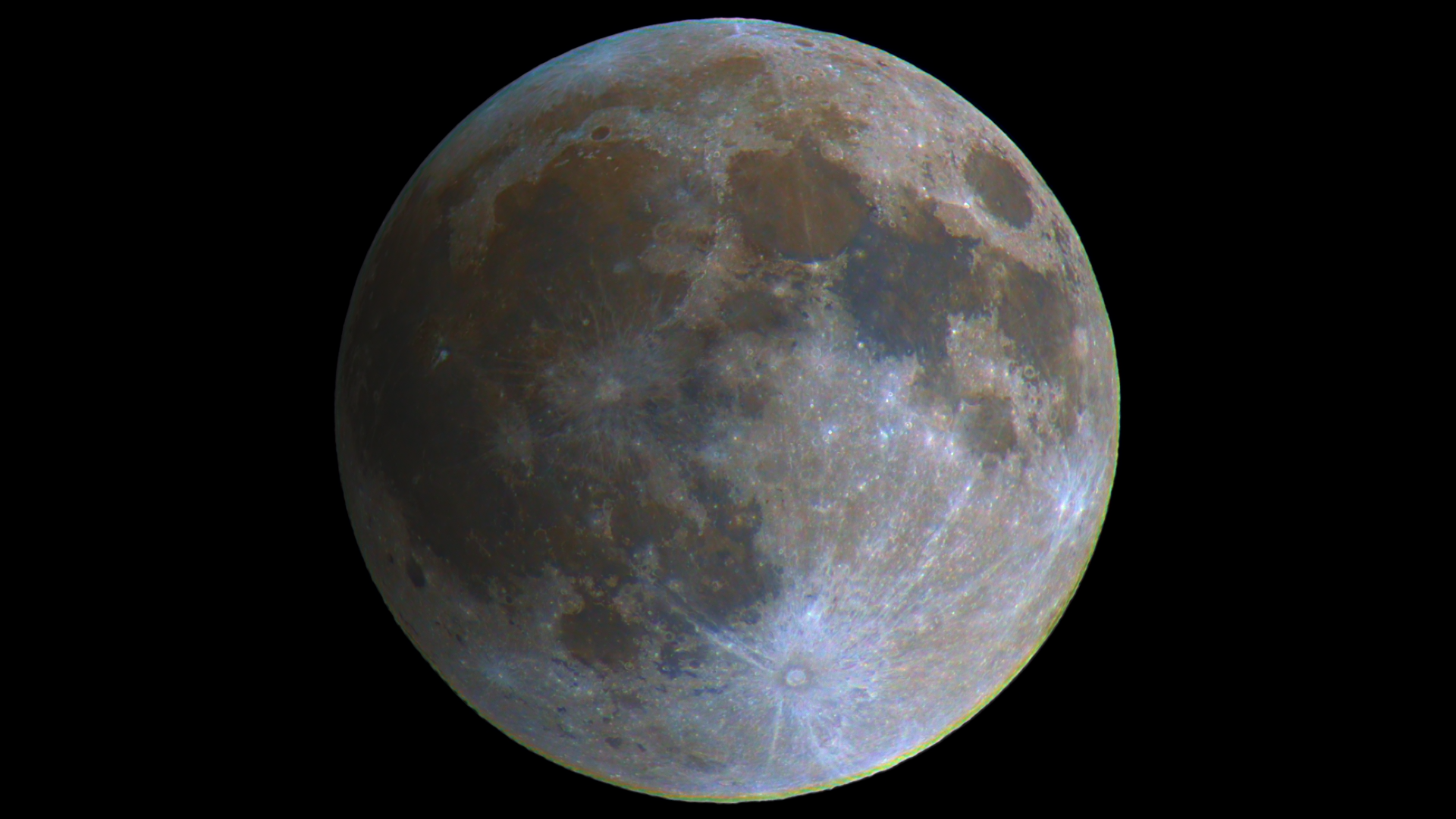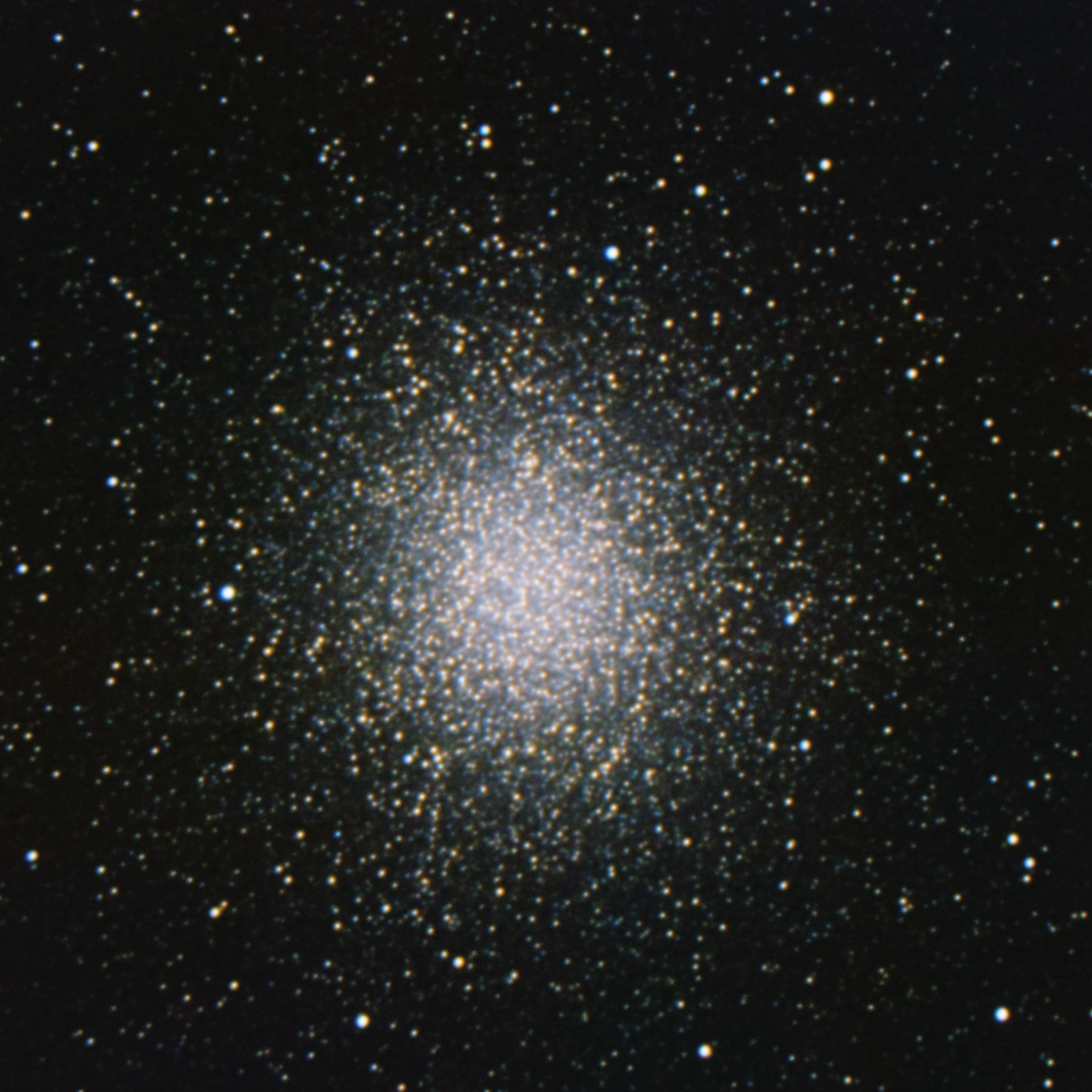I was surprised to find that it looked like there was going to be clear weather for the April 15th Lunar eclipse. I usually don’t have great luck with rare events like this. I was originally going to setup in my back yard but I heard that Mark who is the physics professor at Southwestern University was going to open up their observatory to do research and was happy to have other members of the Williamson County Astronomy Club join him, so I did. I learn something every time I go out there and chat with him.
I had been planning on how to image the eclipse for several days and eventually decided on 3 different setups: my 90mm refractor with my monochrome camera, my DSLR and a small point and shoot. The plan was to get high-resolution data of the moon with the scope, collect color and a wider field of view (hopefully including Spica) with the DSLR and a very wide field of the Moon’s full path through the sky with the P&S. The scope and DSLR were both on equatorial mounts tracking the Moon.
I got there VERY early, something like 5:45pm, well before sunset so I would have daylight to setup and get everything ready. It took some time to lug all the equipment out for all three setups but by 6:15 everything was on the concrete pad and I started connecting everything. I had planned on using a reducer to bring down the focal length of my refractor so that the entire Moon fit on the CCD sensor but I ran into a problem with a missing part and had to entirely disassemble by camera/filter wheel/OAG setup and connect to the camera directly. This actually gave me a bit more flexibility in setting the spacing which adjusts the focal length reduction. However, once I had the camera up and running and was able to point it at the Moon I realized that I couldn’t take a short enough exposure to keep the Moon from over exposing. Luckily I remembered I had an older T-thread light pollution filter which I threaded into the imaging train. That brought the brightness down enough that I could get the full Moon exposed properly.
I had just finished getting all this worked out about the time Mark arrived. This was right around sunset (about 8pm). Since I couldn’t do much more until it got dark enough to polar align the mounts I chatted with Mark while he opened up the observatory. I was surprised when he told me that during events like eclipses people always come out despite there being no announcements about the observatory being open and that we should expect visitors. This was fine with me as I always enjoy talking with people about astronomy.
Sometime after 9pm the first people started showing up. I believe their names were Willamina and Mia. I’m not sure if they were aware there was an eclipse or were just meandering around campus but after we told them about it they decided to grab some blankets and come back a little later. I think it was at this point that Mark suggested we setup one of the Questars so that people could view the eclipse through a telescope. I unfortunately didn’t catch anyone else’s name as they came in much larger groups and I was either adjusting the Questar or working with my equipment.
In between our first guests coming and going, I polar aligned the mounts to keep the tracking the Moon as best as possible. Chatting with Mark must have made the time fly by because by the time I finished with polar alignment several other people had showed up and the you could tell the Moon was getting darker on one side. I started my imaging runs about 12:40. Despite working to get the polar alignment very precise I found the mounts did not track the Moon very accurately (even with them set to their Lunar tracking rates), so I had to continually re-center them as the night progressed.
I planned on doing HDR compositions with both the DSLR and CCD data. While the Moon was mostly full I stuck with one exposure level and then added longer exposures (and shifted them some) as Earth’s shadow darkened the Moon surface. I did a sequence of 15 exposures at each level on the DSLR and 25 exposures at each level with the CCD. I ended up with nearly 4,000 images between these two setups.
I found early on that the P&S setup was just not working. There was no way to lock in a manual focus position and I couldn’t get it to focus on the Moon without centering it and zooming in. Since I wanted a progression of the Moons path in the sky this defeated the purpose of that setup, so I stopped fiddling with this it midway through the eclipse and just focused on the other two.
In between imaging I chatted with several of the people that came out. There may have been 20 to 30 people out there over the course of the evening. When people weren’t watching the eclipse through the Questar, I shifted it around to Mars and Saturn occasionally so they could check them out. Despite Mars being quite close to Earth at the moment, I really couldn’t detect any structure in it’s surface, but it was clearly a disk. Saturn’s rings were easily seen though which never fails to impress people. I made sure to shift it back to the Moon each time in case anyone got up to take a peek (most everyone was laying down on blankets in the grass). All the visitors had left by about 2am.
Mark finished his research a little before 4am and had closed up the observatory by the time the eclipse was almost over. He asked if I wanted him to stay out, but knowing how much he’s been working late for his research project I told him he didn’t need to stay out there on my account.
I continued imaging until about 4:45am when I could no longer detect any shadow on the Moon and started packing up. I’ll probably never try to setup 3 imaging rigs again as that just about killed my back.
I got back home around 5:30 and by the time I got all the equipment in the house (which I just left near the entrance I was so tired) it was nearly 6am. I had taken a half-day of vacation on the 15th and luckily I didn’t have any work meeting scheduled until in the afternoon so I could sleep in for a while. It certainly messed up my sleep schedule for several days though.
After about a week of processing data I finally have some good results, which I’ve included in this post.
I hope everyone enjoys them.
Regards,
David

The star Spica can be easily seen. This is a composite of DSLR and CCD data


